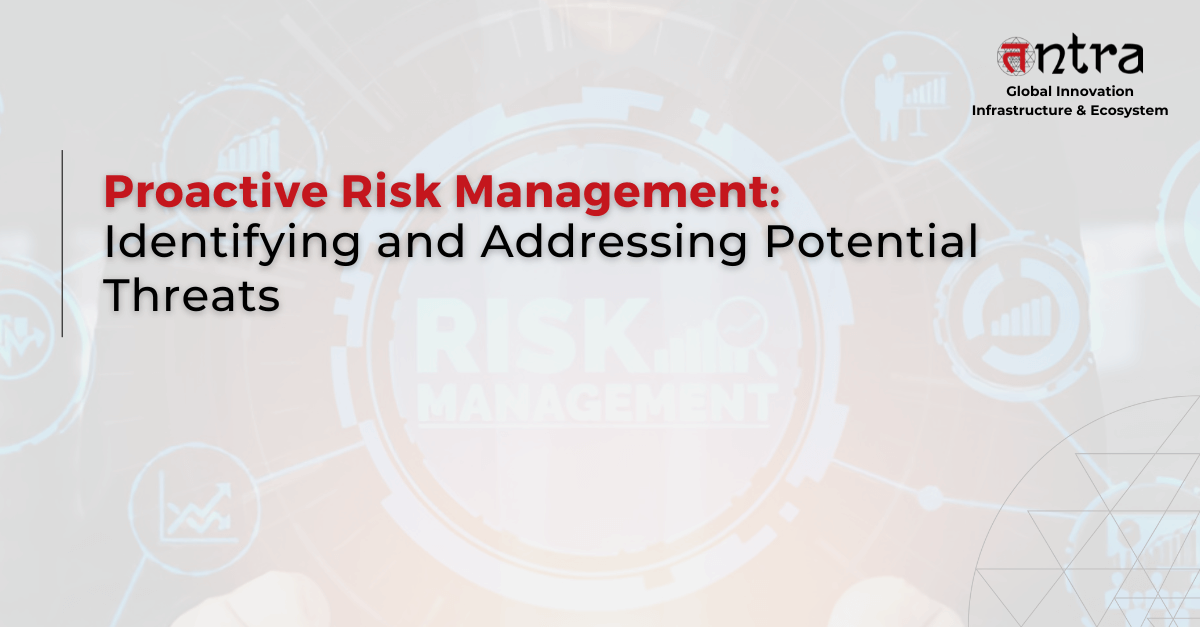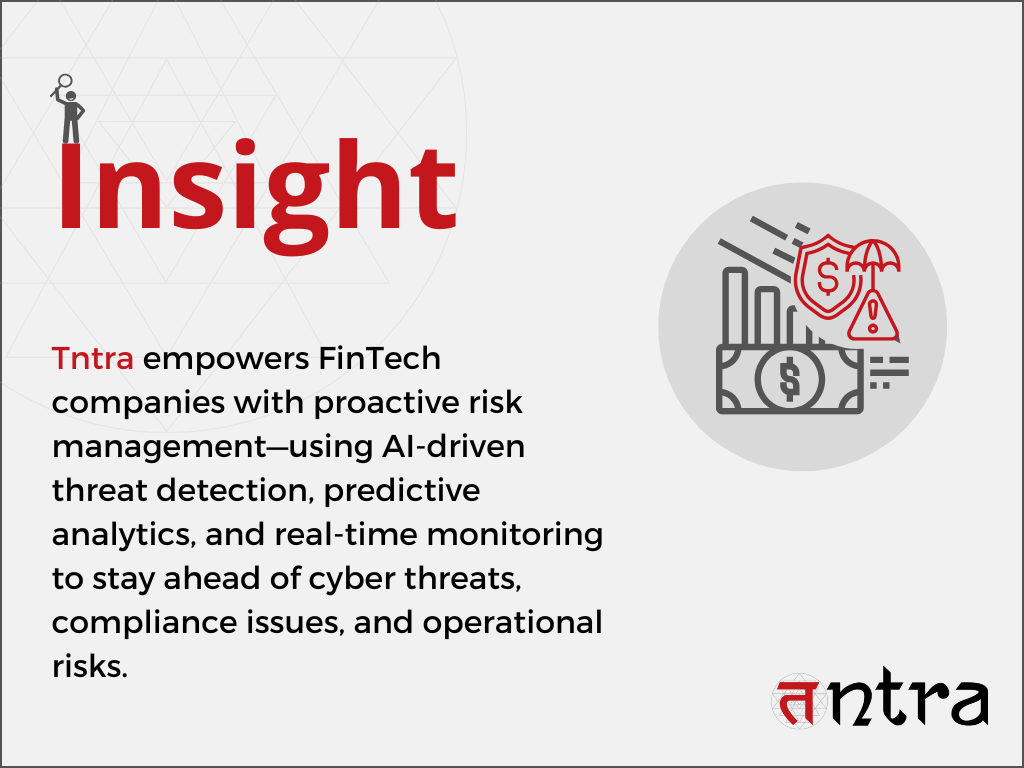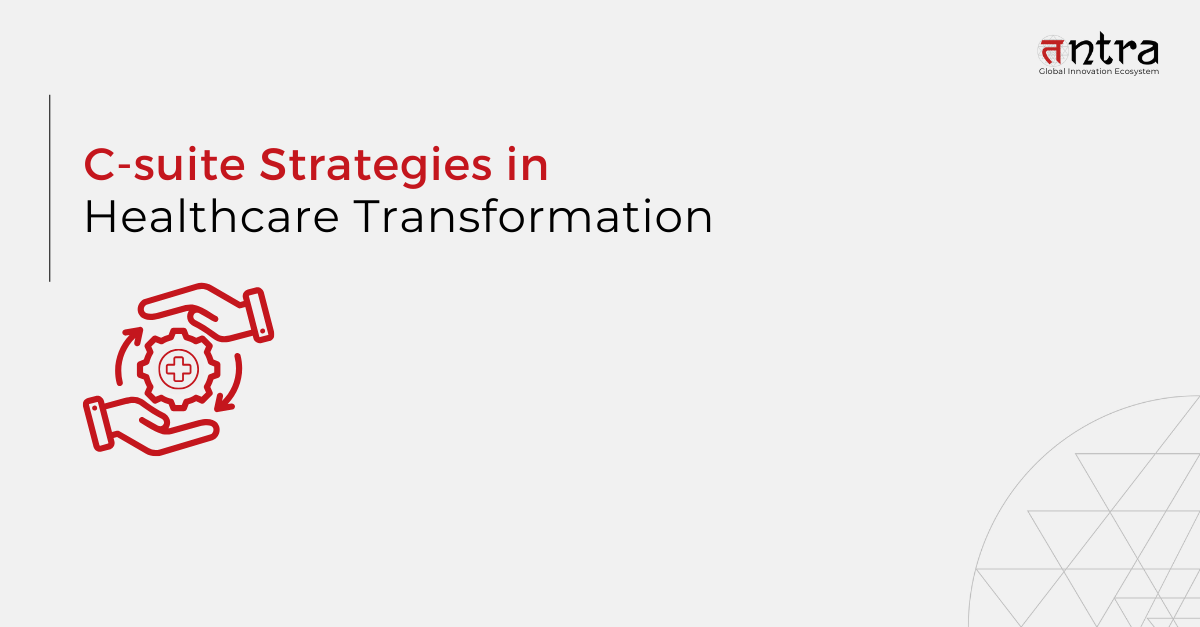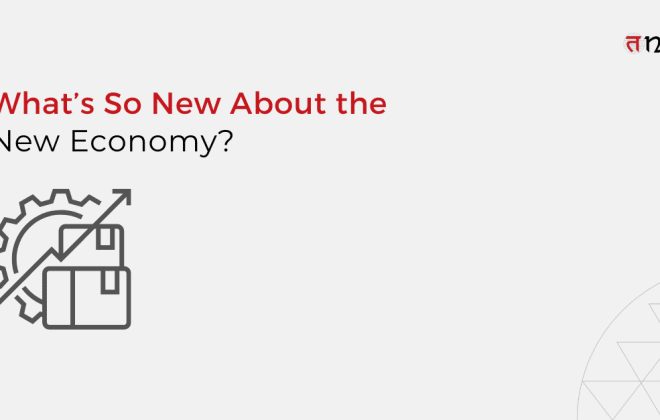
Proactive Risk Management: Identifying and Addressing Potential Threats
Table of Contents
ToggleWhy Proactive Risk Management is Non-Negotiable in Fintech
Fintech companies should embrace proactive risk management in order to be ahead of cyber attacks, financial risks, and regulatory issues. This handbook provides information on risk assessment tools, risk management tactics, and business continuity planning to improve security. Discover how threat detection and mitigation and predictive risk analytics powered by AI enhance payment security solutions and digital transformation solutions. Continue reading to learn more.

Imagine running a fintech company, handling millions of cashless transactions daily. Everything operates smoothly—until a cyberattack compromises customer data. Regulators intervene, customers panic, and the damage is irreversible.
This is why proactive risk management is essential—it’s not just a security measure but a business survival strategy.
For years, businesses relied on reactive risk management, responding to crises after they occurred. But in fintech, a single breach, compliance violation, or failed cross-border transaction can lead to massive financial losses and reputational damage.
So, What are We Addressing Here?
- Identifying potential threats – Understanding risks before they become problems.
- Risk mitigation strategies – Addressing vulnerabilities proactively.
- Risk management best practices – Implementing a 24/7 risk monitoring system to safeguard operations.
Fintech operates in a high-growth, high-risk environment, attracting cybercriminals and regulatory scrutiny. Without a robust risk management framework, companies face financial, legal, and operational disasters. Let’s explore how to fortify your fintech business before trouble strikes.
The Importance of Proactive Risk Management in Fintech
Fintech moves fast—but threats evolve even faster. If your company is constantly responding to crises rather than preventing them, you’re already at risk.
Why Fintech Firms Must Prioritize Proactive Risk Management
- The Cost of Being Reactive is High:
- Cyberattacks cost millions in damages and legal fines.
- Regulatory penalties cripple businesses that fail to comply with financial laws.
- Operational failures lead to transaction errors and revenue loss.
- Regulatory Compliance is Getting Tougher:
- GDPR, PCI DSS, AML, and KYC requirements demand strict adherence.
- Falling behind on compliance updates leads to hefty fines and legal repercussions.
- Trust is Your Biggest Asset:
- Customers expect secure, seamless fintech solutions.
- Reputation damage from security incidents reduces user trust.
Case Study: Scaling Securely: How Fintech Firms Can Turn Risk into Resilience
A fintech app development firm prevented a major fraud attack when AI-driven threat detection flagged suspicious payment activities. By reacting early, they avoided millions in losses and protected customer data.
Fintech is all innovation, but innovation without security is a time bomb. Strategic risk management ensures your firm isn’t just expanding rapidly—but expanding securely.
Identifying Potential Threats in Fintech
What are the biggest threats to fintech companies? From cyber threats to financial instability, identifying risks early is the first step toward preventing disasters.
Common Risks in Fintech:
- Cybersecurity threats: Phishing, ransomware, data breaches—hackers never sleep.
- Regulatory non-compliance: Shortfalls on AML and GDPR can result in lawsuits and substantial fines.
- Operational risks: System crashes, transaction mistakes, fraud—you name it.
- Financial risks: Volatility in the market, liquidity, and fluctuating cash flow.
Risk Identification Techniques:
- AI-powered threat detection and prevention: Machine learning identifies suspicious behavior before it becomes fraud.
- Risk audits and penetration testing: Stress-test your security to discover vulnerabilities before the hackers do.
- Predictive risk analytics: Data-driven predictive analytics to discover possible threats before they happen.
Without robust security in digital transformation solutions, fintech firms risk operational collapse. Implementing risk monitoring systems is critical to long-term success.
So, what are we actually safeguarding fintech companies against? Anything from cyberthieves to market meltdowns can cause mayhem. Identifying potential threats is the first step towards avoiding anarchy.
If your digital transformation solutions lack security, you’re constructing a fintech house of cards. Risk monitoring systems aren’t nice to have—they’re your fintech company’s best protection.
Key Risk Management Strategies for Fintech Companies
Understanding risk is one thing—implementing a solid defense strategy is another. The best fintech companies use risk management strategies to prevent disruptions before they happen.
Effective Risk Management Strategies:
- Risk assessment frameworks: Systematic evaluation of vulnerabilities.
- Risk assessment tools: AI-driven analysis of risks in real-time.
- Incident response plans: Quick action to minimize damage in case of threats.
- Regulatory compliance measures: Staying ahead of evolving financial regulations.
Security isn’t just about installing payment security solutions—it’s about proactive threat management at every level of the business.
Risk Mitigation & Addressing Business Risks
Risk is inherent, but the manner in which you manage it defines the difference between fintech leaders and those who collapse under strain.
Key Risk Mitigation Strategies:
- Proactive threat management: AI-driven security to detect threats before they occur.
- Risk-aware company culture: Employee training in security best practices.
- Cyber resilience strategies: Implement encryption, MFA, and zero-trust security.
- Third-party risk management: Partnering with experts to enhance security measures.
Fintech companies that ignore risk mitigation eventually suffer financial and operational setbacks. Investing in preventative risk management is non-negotiable.
Risk Management Best Practices for CTOs and CXOs
For fintech executives, risk management is a strategic priority, not just an IT concern.
Must-Follow Risk Management Practices:
- Continuous monitoring systems: Threat detection early on avoids damage before it occurs.
- Data-driven decision-making: Leverage predictive risk analytics to inform business strategy.
- Regular compliance updates: Get ahead of evolving financial regulations.
- Employee training programs: A security-aware workforce is a fintech company’s best defense.
By adopting risk management best practices, fintech leaders can avoid business disruptions and financial losses.

The Future of Proactive Risk Management in Fintech
Risk management in fintech is constantly evolving—staying ahead requires adapting to new technologies.
What’s Next? Emerging Trends:
- AI and Machine Learning: AI-driven fraud detection and predictive analytics.
- Blockchain for Security: Enhanced fraud prevention in cross-border transactions.
- Stricter Regulations: Governments tightening compliance laws, making business continuity planning essential.
The future is for fintech companies that take risk management approaches as a fundamental part of their business with the help of software product engineering solutions.
Final Thoughts: Secure Your Fintech Business Now
Fintech is growing fast—but so are the risks. With AI-powered threat detection, predictive analytics, and risk assessment tools, companies can build a secure and resilient future.
Key Takeaways:
- Identify risks before they escalate using advanced risk identification techniques.
- Adopt risk management solutions to ensure long-term fintech success.
- Implement preventative risk management strategies to protect financial assets.
Need Expert Risk Management Solutions?
Tntra provides AI-driven risk assessment tools and fintech app development solutions to secure your business. Contact us today to start your proactive risk management journey!
FAQs
What is a proactive approach in risk management?
A proactive approach focuses on early threat detection and preventative risk management to minimize risks before they cause damage.
What are the 4 P’s of risk management?
The 4 P’s—Predict, Prevent, Prepare, Protect—form the foundation of a strong risk control measures strategy.
What is the process of identifying potential threats?
It involves threat assessment and analysis, AI-based monitoring, and risk audits to uncover vulnerabilities.
What is proactive risk management?
It’s the practice of identifying potential threats early and implementing risk mitigation strategies to prevent business disruptions.
How to address potential business threats?
By using proactive threat management, AI-powered analytics, and business continuity planning to mitigate risks.
Steps in the proactive risk management process?
- Risk identification
- Threat assessment and analysis
- Implementation of risk control measures
- Continuous monitoring





